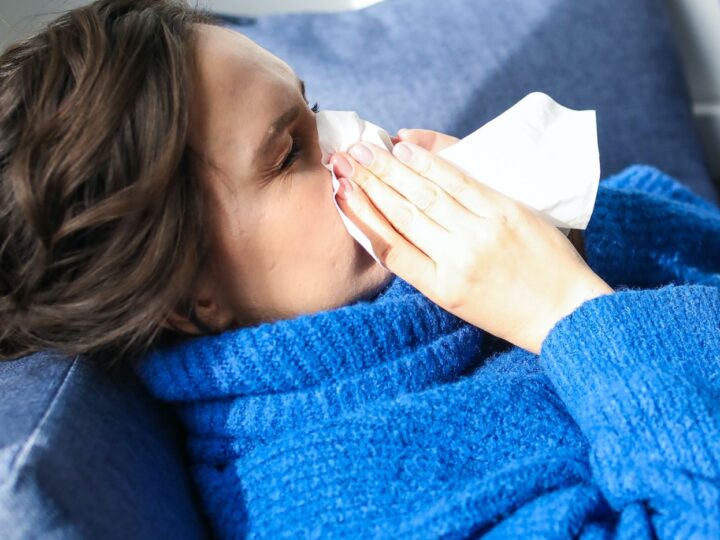A new study shows that flu vaccines do not protect obese mice in the same way that they shield lean mice from infection, raising concerns about vaccine effectiveness in obese humans who are known to be at an increased risk for severe flu.
The results of the study — led by St. Jude Children’s Research Hospital and including Dr. Tomer Hertz, a researcher from Ben-Gurion University of the Negev – suggests a potential need to modify influenza vaccinations in humans.
“This is the first study to show that current strategies to bolster the effectiveness of flu vaccines protected lean mice from serious illness but fell short of protecting obese mice from infections,” said author Stacey Schultz-Cherry, a member of the St. Jude Department of Infectious Diseases.
The present strategies include increasing the vaccine dose and adding substances called adjuvants to vaccines to boost the immune response.
The researchers set out with the knowledge that obese mice, and potentially humans, were at greater risk for developing severe flu infections.
“We wanted to find a way to protect them,” said Schultz-Cherry.
The findings, recently published in the scientific journal mBio, come amid ongoing concerns about flu pandemics launched by avian flu viruses and the global rise of obesity.
The World Health Organization estimates that 10 percent of adults worldwide and 42 million children under the age of five now qualify as obese. Obesity leaves individuals at increased risk for flu-related complications, including hospitalization and death.
“There is a critical public health need to translate these findings to humans and understand vaccine response in this growing segment of the population,” said Schultz-Cherry. Vaccination remains the most effective flu-prevention strategy and a key element in pandemic flu preparedness.
The study used vaccines prepared from killed viruses that are the basis of flu shots. The vaccines targeted an influenza A H1N1 seasonal flu strain as well as A(H7N9), a virus considered to have the potential to trigger a human pandemic.
Researchers — Erik Karlsson, a staff scientist in the Schultz-Cherry laboratory; Cydney Johnson of St. Jude; Andrew Mehle of the University of Wisconsin, Madison; and Florian Krammer of the Icahn School of Medicine at Mount Sinai, New York — looked at the immune response to vaccination in lean and obese mice, including how vaccine dose and different adjuvants impacted that response.
Lower antibody levels
While adjuvants improved the immune response to vaccinations in both lean and obese mice, the overall immune response was reduced in the obese animals compared to their lean counterparts. After getting their flu shots, the obese mice had lower antibody levels, including lower levels of neutralizing antibodies, and higher levels of the virus.
Moreover, the lean mice who received vaccines with adjuvants showed they were safe from severe flu infections while the obese mice were not.
“The addition of adjuvants to the vaccines led to levels of neutralizing antibodies in both the lean and obese mice that have been considered to be protective. Surprisingly that did not translate into protection from flu infection or fatal disease in the obese animals,” Schultz-Cherry said.
This suggests that obese individuals may be at risk for flu infections even if their blood antibodies reach what have been considered protective levels, she said.
A four-fold increase in the dose of A(H7N9) vaccine bolstered the immune response in both lean and obese mice, but failed to protect the heavier animals from flu-related deaths.
Protective antibodies from lean mice also failed to protect obese mice from flu infections. “That suggests the problem lies with the immune response of the obese animals rather than the antibodies themselves,” said first author Karlsson.
“We found that the antibody responses of the obese mice were not only weaker, but also less broad — recognizing a smaller set of influenza epitopes. This demonstrates that obesity also had a direct effect on the vaccine-induced antibody response,” said Hertz, of the National Institute for Biotechnology in the Negev and the Shraga Segal Department of Microbiology, Immunology and Genetics in the Faculty of Health Sciences at BGU. Hertz is also affiliated with the Fred Hutchinson Cancer Research Center, Seattle.
Overall, the researchers found that the obese mice seemed more susceptible to the virus.
“The virus penetrates more deeply into the lungs of obese mice, and the animals seem to have a more difficult time repairing the damage,” said Schultz-Cherry.
















